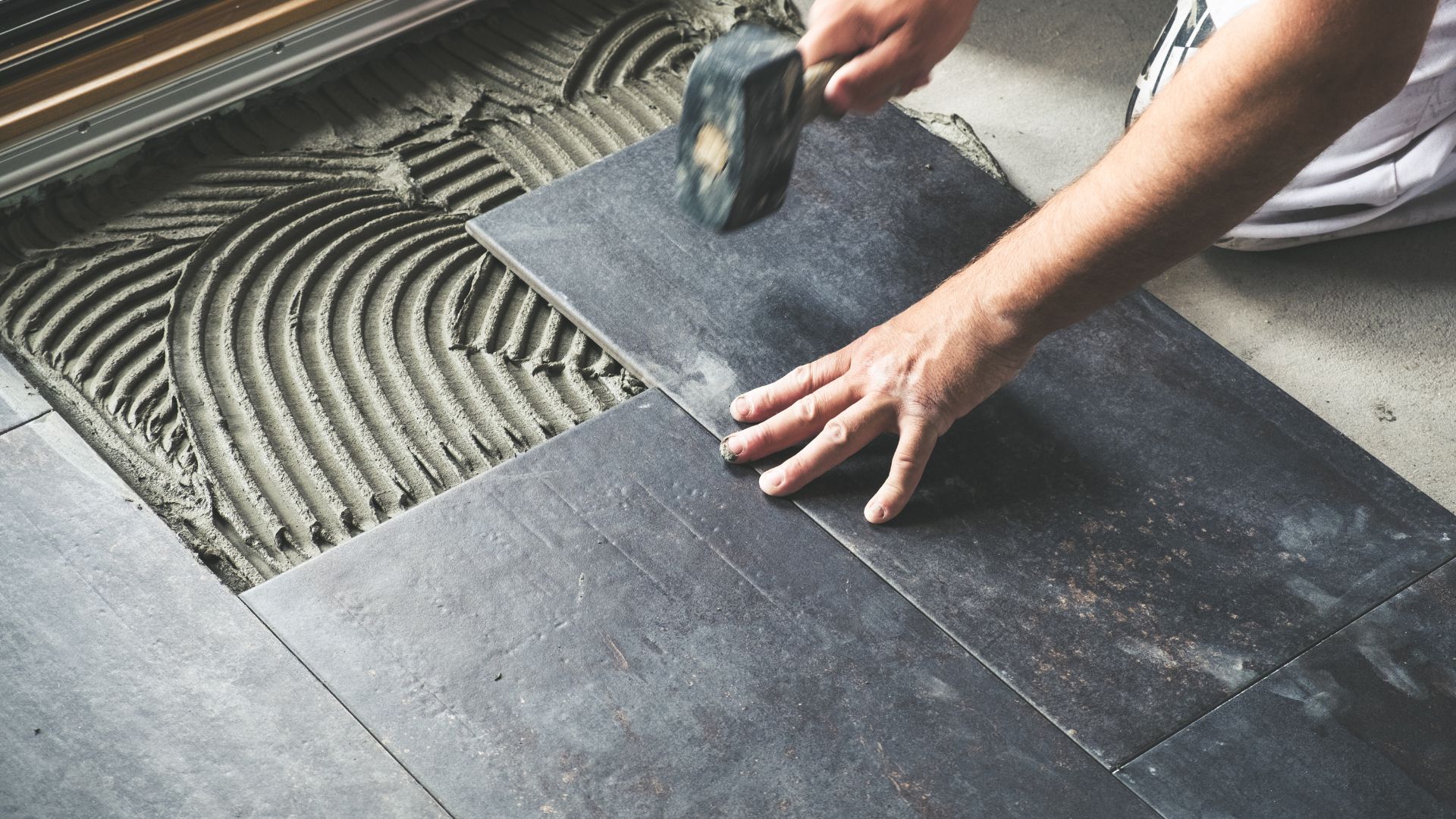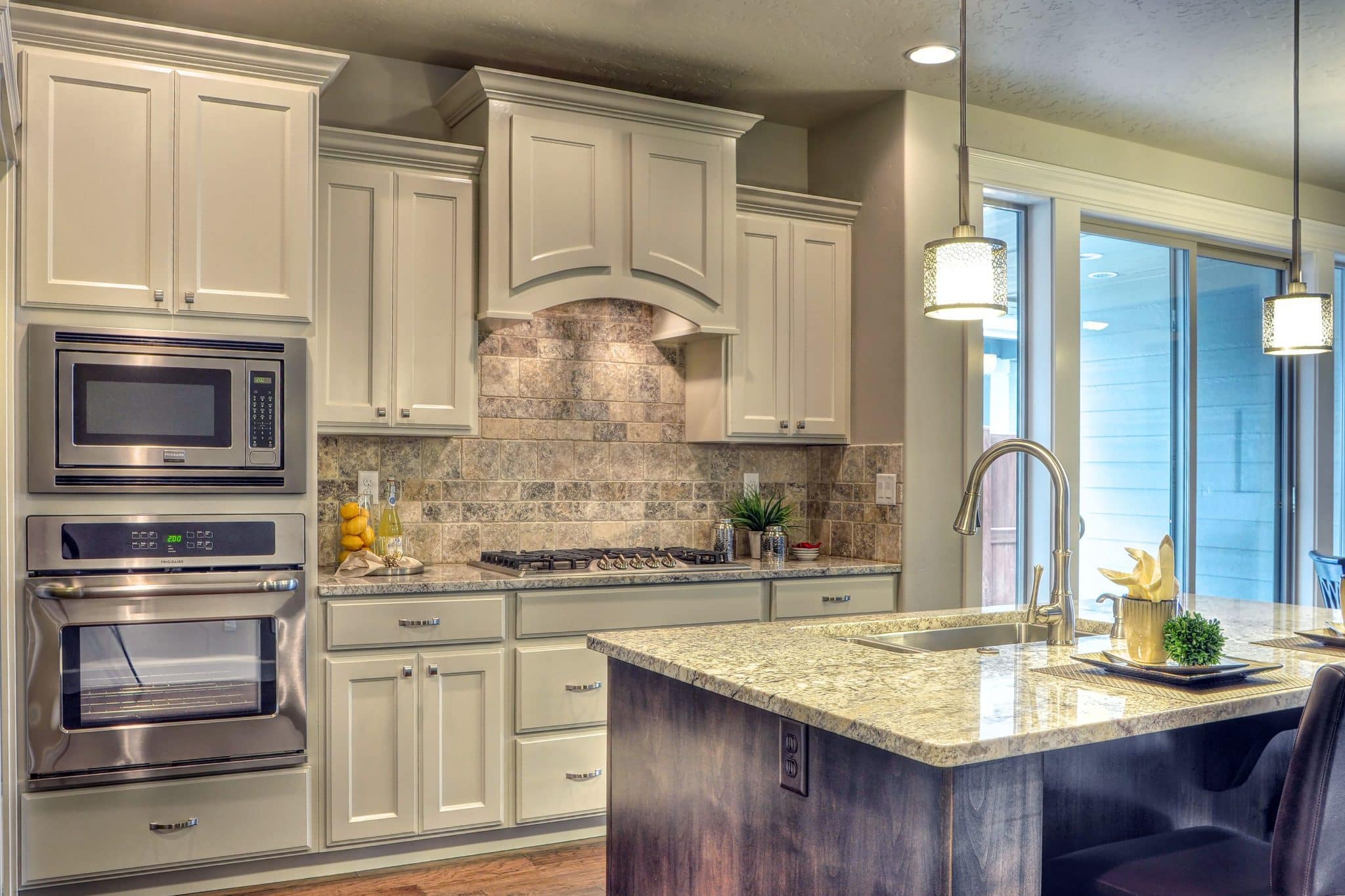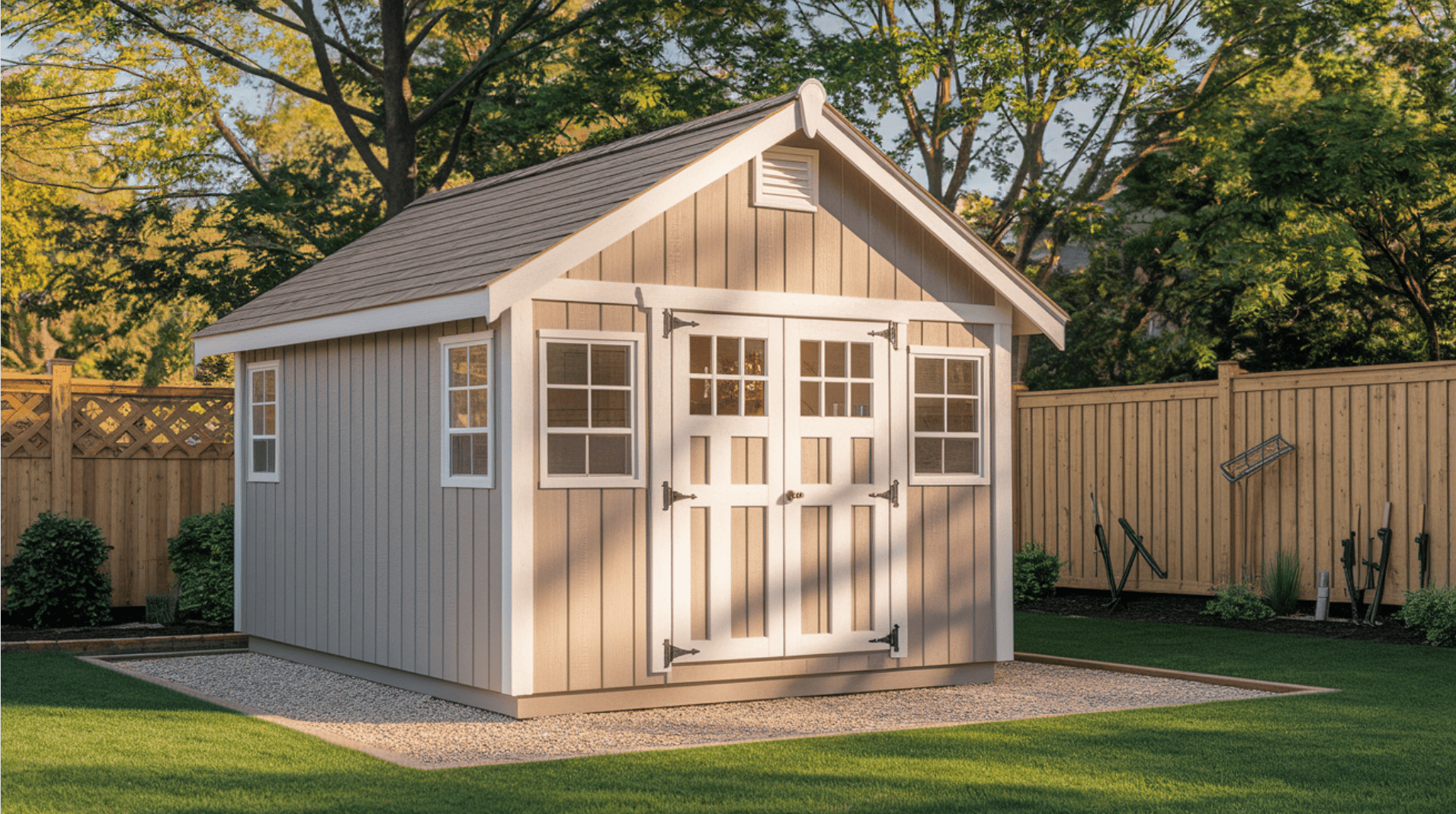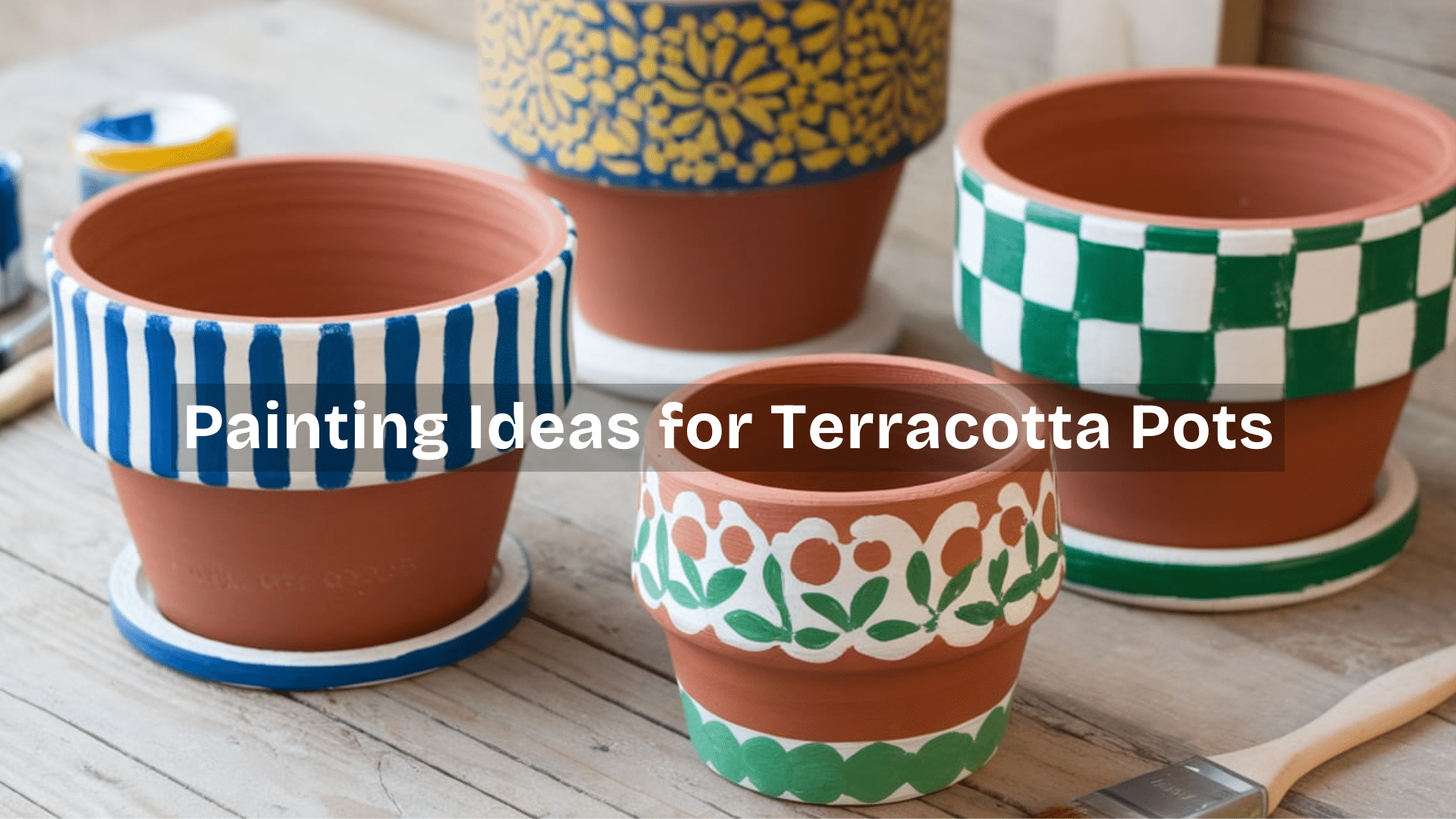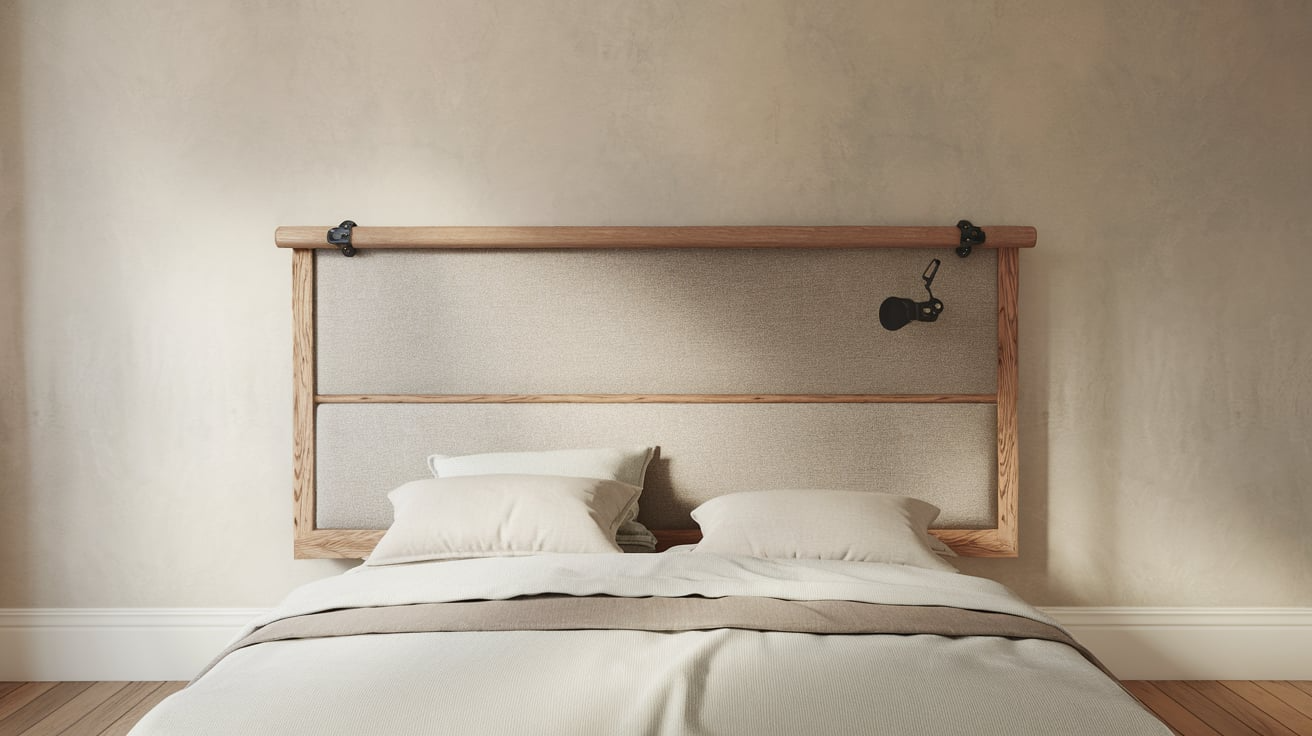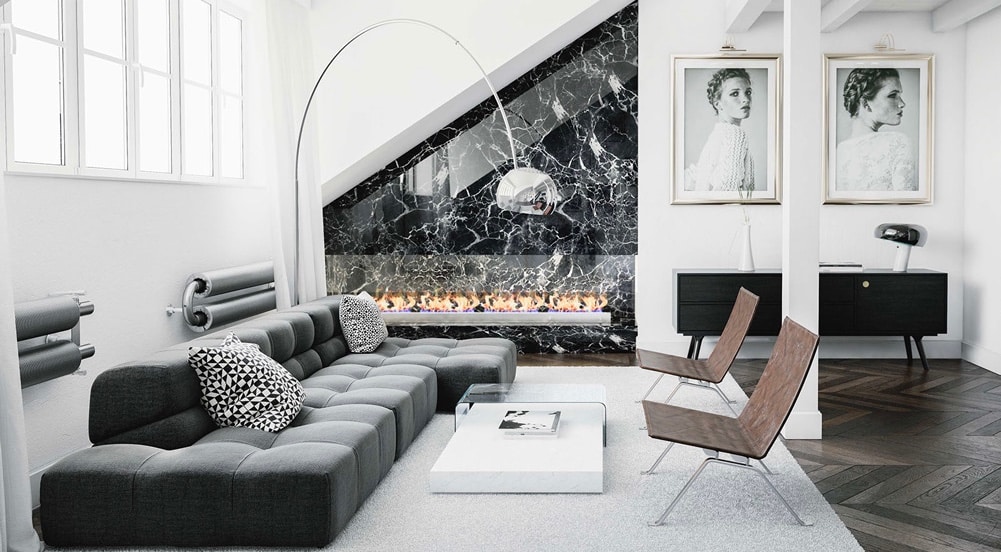How to Mix and Match Tiles: Pro Tips for Mixing Tile Patterns in Every Space
Tiles are more than just a surface — they’re an opportunity to add personality and style to your space. Whether you love bold colors, intricate patterns, or subtle textures, learning how to mix and match tiles opens up endless design possibilities. But mixing tile patterns can feel intimidating without a plan.
In this guide, we’ll teach you how to mix and match tiles with confidence, how to match floor tiles with wall paint, how to coordinate tiles with wood floors or countertops, and how to create mixed floor tile patterns that feel curated and sophisticated.
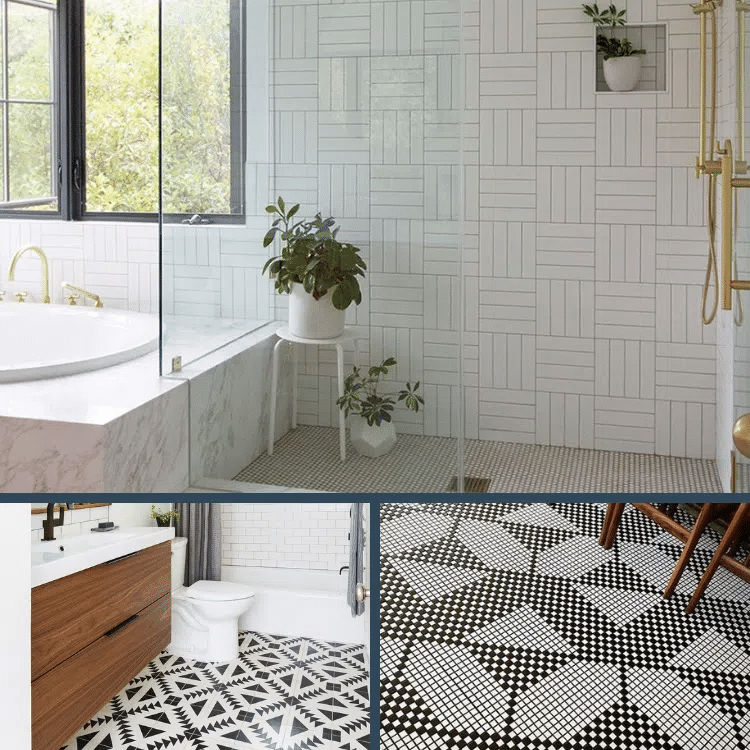
Start With a Vision: Define Your Style & Focus
Before you start buying tile samples, define the style you’re aiming for. Are you drawn to bold and playful designs with mixed patterned tiles, or do you prefer a minimalist look with subtle mixed pattern tile accents?
Decide where you want your focal point:
- A feature wall with mixed tile patterns
- A statement floor with mixed floor tile patterns
- An eye-catching backsplash using mixed pattern tiles
Also, consider materials you’ll need to coordinate with. If your space includes wood flooring or stone countertops, start thinking about how to match tile with wood floor or how to match tiles and countertop materials for a cohesive finish.
Core Principles for Mixing Tile Patterns
1. Play with Proportions
Balancing scale is key. Large tiles paired with small mosaics create visual harmony. This is especially important in bathrooms — knowing how to match bathroom floor and wall tiles by varying scale prevents overwhelming patterns.
2. Consistency in Material or Finish
You can mix shapes and patterns, but keeping materials consistent helps maintain unity. For instance, using different sizes and patterns of marble creates elegant, cohesive mixed pattern tile designs.
3. Balance Busy and Calm
If you’re featuring bold mixed pattern tiles, balance them with solid, neutral tiles to avoid visual chaos. This works well in backsplashes and shower niches.
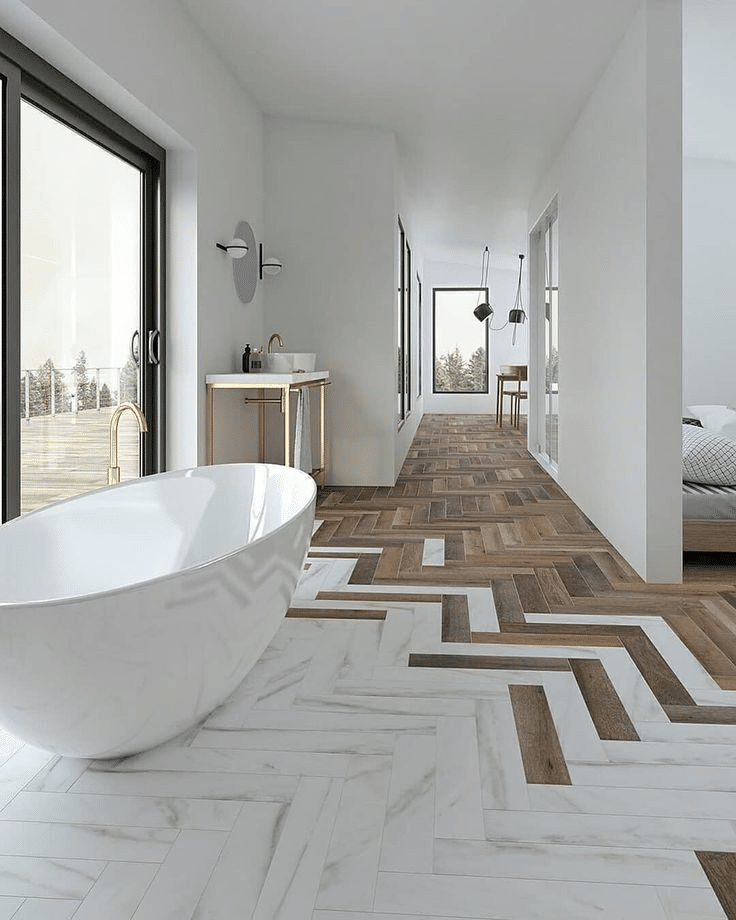
Color Strategies in Mixed Tile Patterns
1. Limit the Color Palette
Choose two or three colors to keep mixed tile patterns from feeling cluttered. This also makes it easier to figure out how to match floor tiles with wall paint.
2. Monochrome with Texture
Different shapes and finishes within one color family can add interest without overwhelming the space — ideal for sophisticated mixed floor tile patterns.
3. Accent Tiles as a Focal Point
Pick one bold pattern or color and support it with neutral tiles around it. This makes mixed patterned tiles feel intentional and artistic.
Pattern Pairing Techniques: How to Mix and Match Tiles Like a Pro
1. Mirror Motifs
Repeating shapes in different sizes (like hexagons on floors and smaller hexagons on walls) creates cohesion in mixed pattern tiles.
2. Use Borders and Frames
Tile trim or contrasting border tiles help separate patterns, keeping designs neat and structured. Sacramento tile installers often recommend this technique for bathrooms and kitchen backsplashes.
3. Scale Up and Down Thoughtfully
Large format tiles work well on walls, while small patterns can define floors or niches. This balance makes a room feel curated, not crowded.
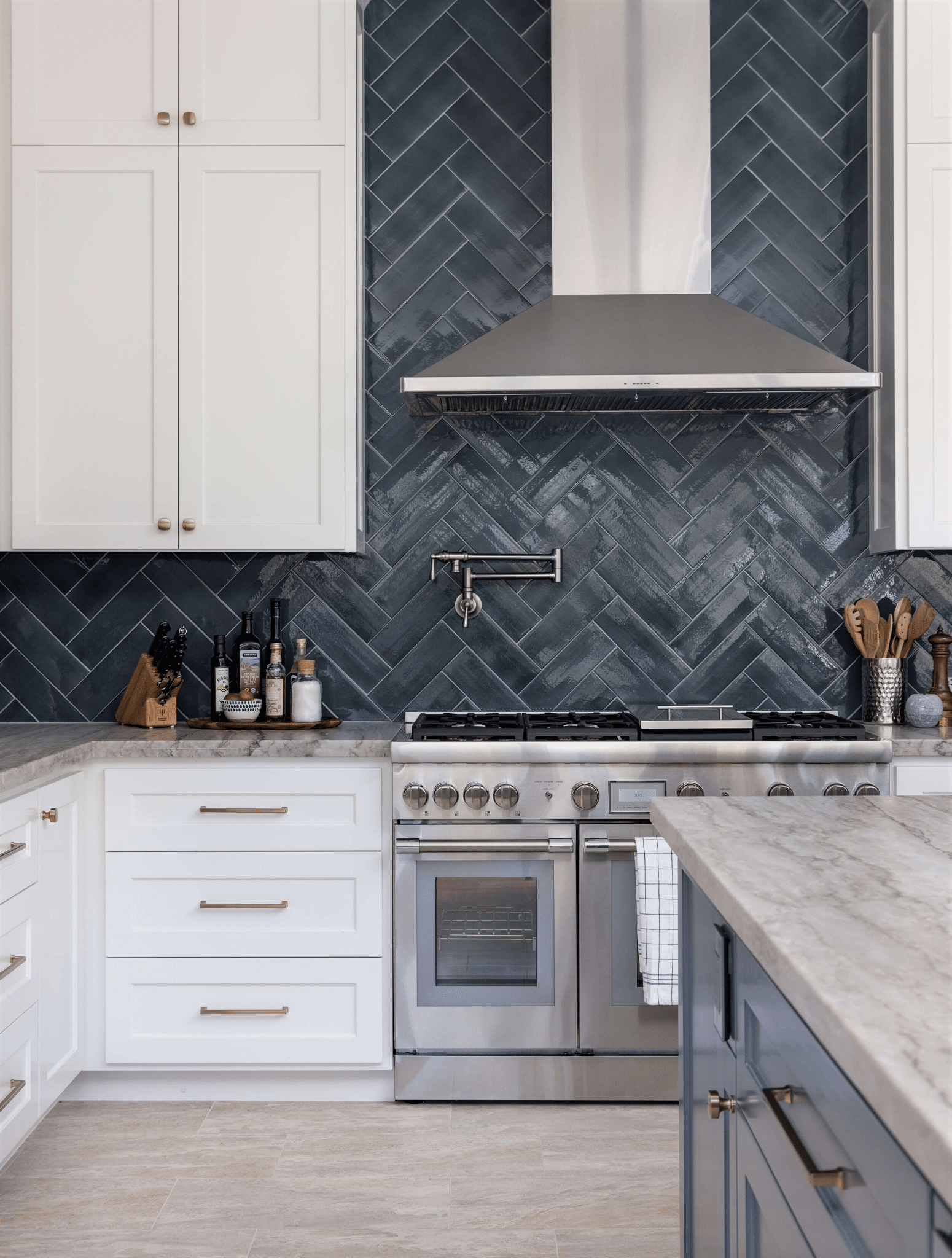
Combining Different Materials in Mixed Tile Patterns
There’s no need to limit yourself to one material.
- How to match tiles and countertop: Stick to complementary tones; warm marble with creamy quartz, or cool porcelain with stainless steel.
- How to match tile with wood floor: Use warm-toned tiles that echo the warmth of the wood or opt for subtle contrasts with cooler gray tiles and light wood finishes.
- Pair matte and glossy finishes for textural variety, adding depth to mixed floor tile patterns and backsplashes.
Practical Pre-Installation Tips
- Order samples. Seeing tile samples in person helps you test how they work with paint, hardware, and lighting.
- Create a mood board or layout preview for your mixed tile patterns.
- Don’t forget grout! Contrasting grout makes patterns pop; matching grout creates a seamless look.
If you need help with tile installation, consider hiring professional tile installers or Sacramento home remodeling that specializes in bathroom and kitchen updates.
Common Mistakes to Avoid
- Too many patterns or colors that clash.
- Ignoring scale, especially with mixed floor tile patterns.
- Forgetting function: Not all tiles are slip-resistant or suitable for floors.
Inspiration Gallery: Real-Life Mixed Pattern Tile Examples
1. Spa-Inspired Bathroom
Light gray hexagon floors paired with large white rectangular wall tiles show how to match bathroom floor and wall tiles using simple color continuity and varied shapes.
2. Bold Kitchen Backsplash
A combination of geometric patterned tiles framed with a white marble pencil trim highlights how to match tile and countertop materials.
3. Entryway Statement
Mixed floor tile patterns featuring a checkerboard layout with a border seamlessly transition to oak wood flooring — a perfect example of how to match tile with wood floor.
4. Neutral Living Room
Large format porcelain floor tiles paired with soft taupe wall paint show how to match floor tiles with wall paint for an elegant, cohesive design.
Conclusion: Start Designing with Confidence
Mixing tile patterns is an art, but with a thoughtful plan, the right color choices, and attention to scale, you can create stunning spaces that feel balanced and personal.
Remember:
- Start with a clear vision.
- Order samples and test combinations.
- Don’t be afraid to mix materials and shapes — but do it with purpose.
If you’re feeling overwhelmed, consult tile installers for expert guidance or reach out to an affordable handyman service to help bring your vision to life.
What tile combinations are you planning to use? Share your ideas or questions in the comments — we’d love to help you mix and match like a pro!

